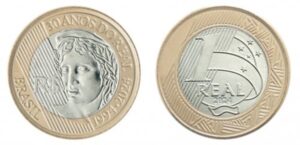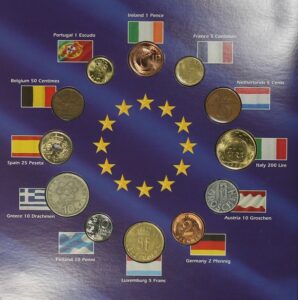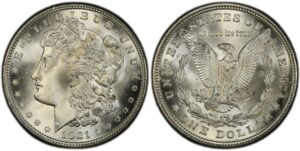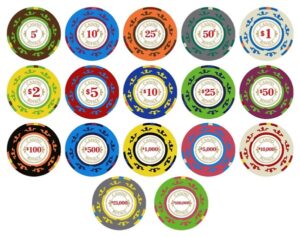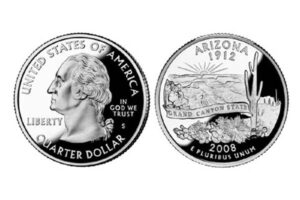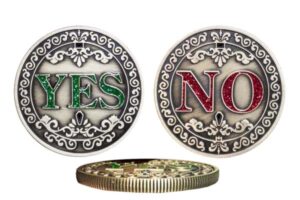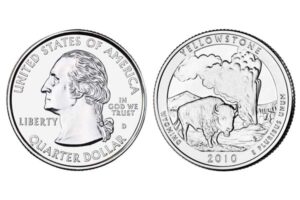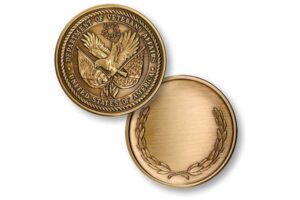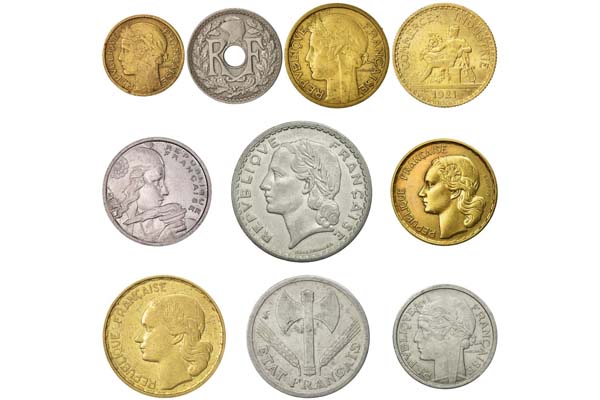
As a metal craftsman with 12 years in coin production, I've handled everything from medieval replicas to Euro prototypes. Let's cut through the confusion about French coin terminology.
French coins are officially called "euros1" today, divided into cents. Historic names include francs, livre2s, and unique denominations like sou and écu. The evolution reflects France's economic journey - let me show you why this matters for collectors.
Last month, a client nearly bought counterfeit Napoleon III coins. This made me realize how crucial accurate terminology is. Below, we'll explore key names every collector should know.
What Is the 3 Letter Former French Coin?
The answer isn't "FRF" (Franc's ISO code). We're talking pre-1795 currency.
The "livre" was France's primary coin until 1795, abbreviated as LVR. Divided into 20 sous, its value fluctuated wildly - equivalent to ½ pound of silver during Charlemagne's reign.
Three Eras of the Livre
| Period | Metal Composition | Equivalent Value Today |
|---|---|---|
| Carolingian | Silver | $900 (melt value) |
| Louis XIII | Gold/Silver mix | $1,200 |
| Revolution | Copper | Collectors pay $300+ |
I once authenticated a 1720 livre that turned out to be a 1920s casino token. Always check these details:
- Edge lettering patterns
- Crown symbols
- Latin abbreviations ("FR ET NAV REX")
What Is a French Coin That Starts With S?
Forget "sou" - though important, it's technically a subdivision. The real answer surprises most.
The "sol3" (later "sou") originated as Roman solidus coins, marked "SOL" until 1794. These copper coins featured sun symbols - hence the name meaning "sun" in Latin.
Key Characteristics
- Diameter: 25-28mm
- Weight: 9-12 grams
- Common Mints: Paris (A), Lyon (D)
- Rarity Scale: 1-5 (5 being museum pieces)
At our Shenzhen facility, we've recreated sols for historical societies using original copper-zinc ratios. Modern techniques prevent the green oxidation that plagues originals.
Does France Still Use Francs or Euros?
Francs became souvenirs on February 17, 2002.
France exclusively uses euros since 2002. However, Banque de France still converts francs to euros at 6.55957 FRF = 1 EUR until 2025. I advise clients to check drawers - a 1965 5-franc coin contains 12g silver worth $8.50.
Conversion Rates Over Time
| Year | FRF per USD | Key Event |
|---|---|---|
| 1900 | 5.18 | Gold Standard |
| 1944 | 49.39 | Bretton Woods |
| 1999 | 6.56 | Euro Pegged |
| 2023 | N/A | Franc demonetized |
Our factory produces euro replicas for educational kits, maintaining exact weights/sizes without violating currency laws. We add "COPY" in micro-text along the edge.
What Is French Money Called Today?
Euro coins circulate, but their French identity remains.
France uses euros (€) with national designs:
- 1€: Stylized tree
- 2€: Agricultural theme
- 10c: Marianne portrait
Current Euro Coins (French Versions)
| Denomination | Material | Edge Design | Annual Mintage |
|---|---|---|---|
| 1 Cent | Copper | Smooth | 150M |
| 2 Cent | Steel | Grooved | 80M |
| 5 Cent | Nickel | Reeded | 200M |
We help museums create enlarged versions of these coins for exhibits. Our dual plating technique gives authentic gold/silver appearances without precious metals.
For Educators & Collectors: Our factory produces museum-grade replica coins ideal for history classes or starter collections. Features include:
- Authentic weight/size (ISO 4217 compliant)
- Customizable eras: Roman Gaul to modern Euros
- Safe materials (nickel-free alloys)
- Educational packaging with historical context
Conclusion
From livres to euros, French coins tell a 1,200-year story. Whether you're handling Charlemagne's silver or modern €2 coins, understanding terminology prevents costly mistakes. For custom replicas combining historical accuracy with modern durability, our ISO-certified facility delivers precision you can trust.
-
Discover the transition from francs to euros, a pivotal moment in French currency history that impacts collectors today. ↩
-
Explore the rich history of the livre, a key currency in France's economic evolution, to understand its significance for collectors. ↩
-
Learn about the sol coin's unique features and historical context, essential for any serious coin collector or enthusiast. ↩

